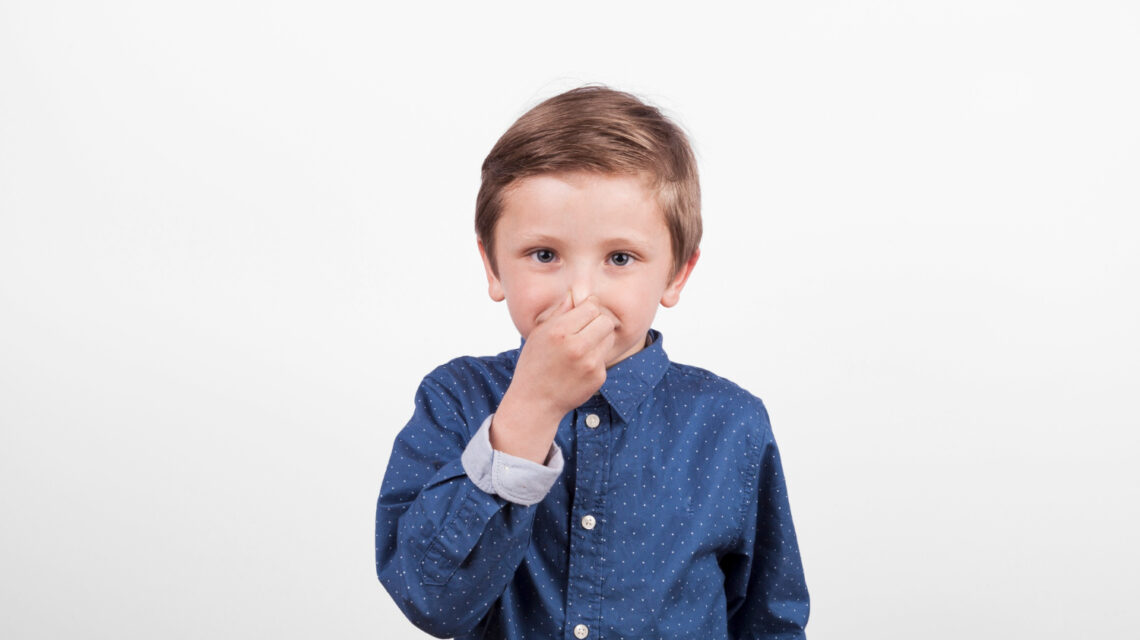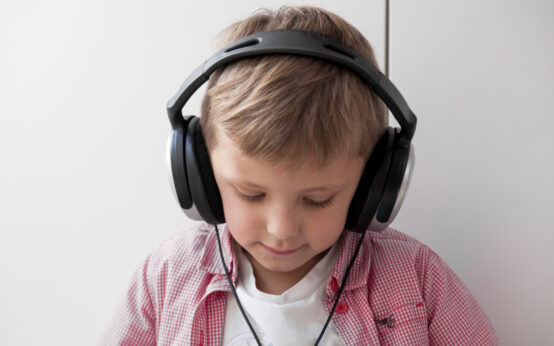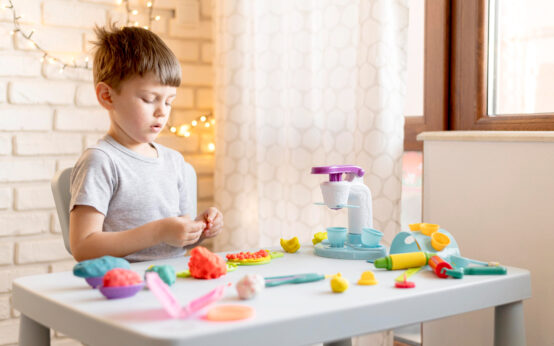Introduction
Experiencing the overpowering scent of burnt popcorn is a universal understanding of the impact certain odors can have. However, individuals with autism often grapple with heightened smell sensitivity, leading to discomfort and distress. Delve into the intricate world of the olfactory system and discover how autism influences the perception of smells.
Understanding the Olfactory System
The olfactory system, responsible for our sense of smell, detects various scents in the air through the nose and nasal cavity. These signals are then transmitted to the brain, which interprets and processes them into recognizable aromas. For individuals with autism, this sensory system is often more heightened and sensitive, resulting in strong reactions to specific smells, significantly affecting their behavior and well-being.
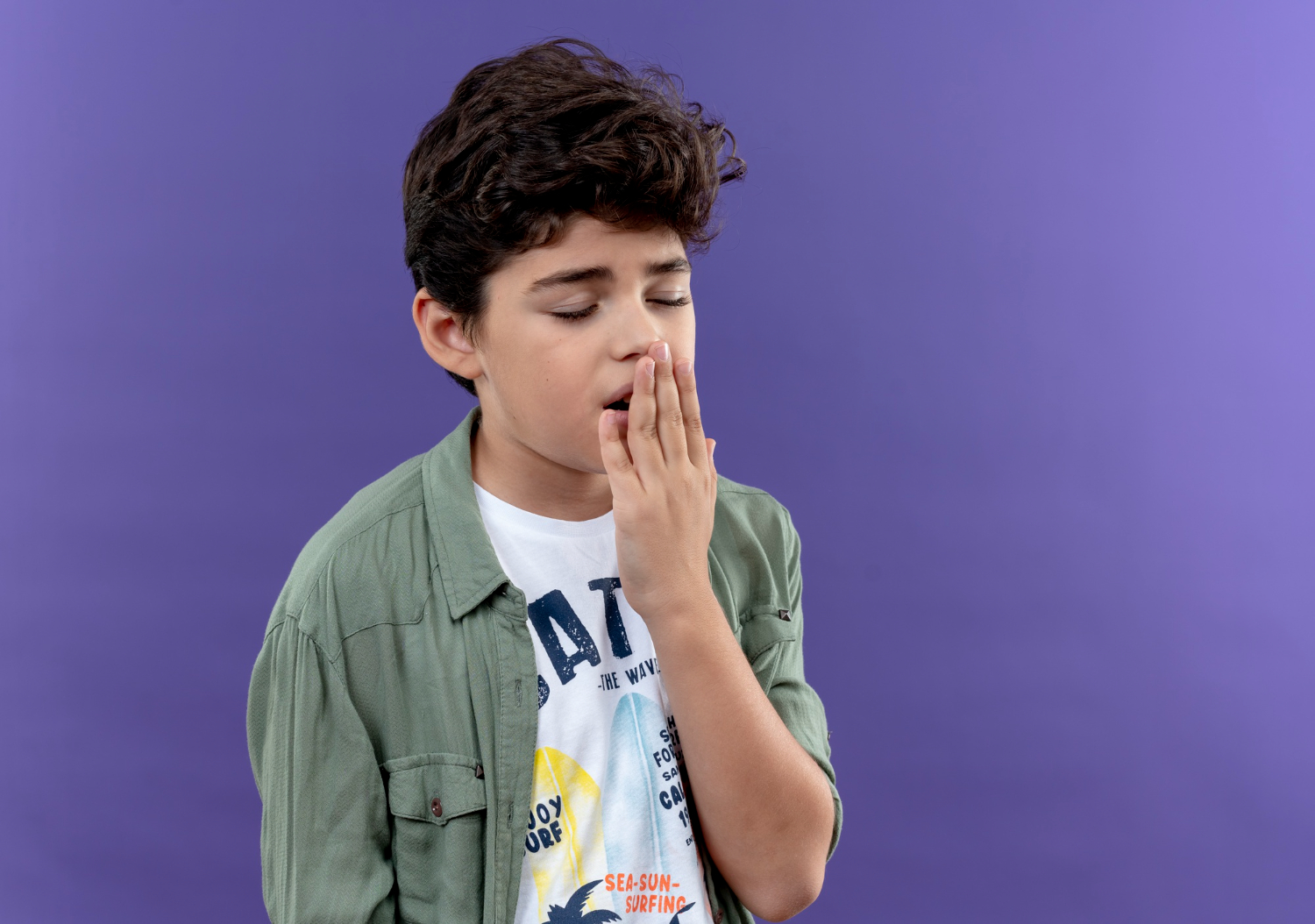
Children with Autism and Heightened Smell Sensitivity
Research consistently supports the notion that children with autism possess a heightened sense of smell. Studies from 2018 and 2020 reveal that individuals with autism process scents using different areas of the brain, intensifying their olfactory experience. This heightened sensitivity can manifest in challenges in more complex aspects of smell processing, such as difficulties in remembering or focusing on odors.
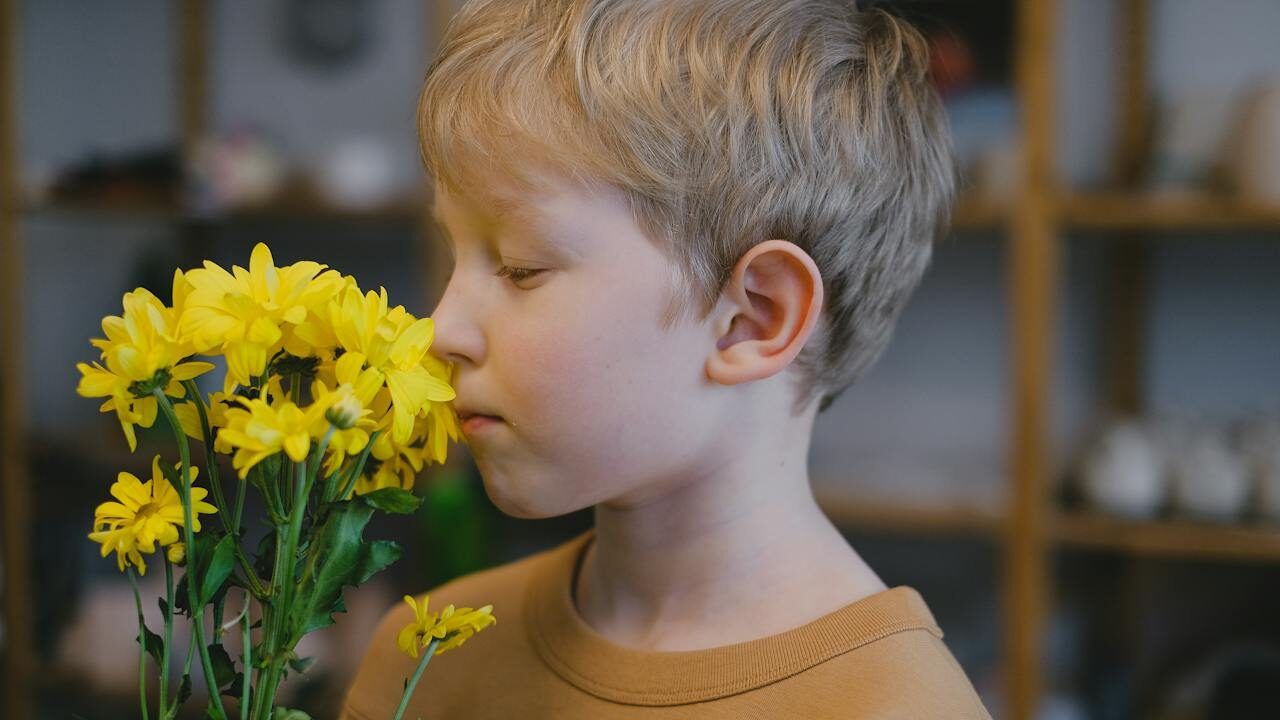
Impact of a Stronger Sense of Smell
Children with autism, due to an amplified sense of smell, may encounter difficulties in public settings. The heightened olfactory system may cause them to notice odors overlooked by the average person. Here’s a breakdown of potential challenges and strategies to navigate these situations:
- Difficulty in Restaurants: Dining out can be overwhelming for individuals with autism due to a combination of kitchen smells, perfumes, and other scents. This may lead to frustration, anxiety, or avoidance.
- Stimming Reactions: Heightened smell sensitivity may result in more intense stimming reactions, potentially disruptive or even dangerous. Caregivers should be equipped with calming techniques.
- Need for Comforting Smells: Providing access to comforting smells, such as a favorite item or essential oils, can help children cope with smell sensitivity.
- Unnoticeable Smells: Children may be distracted by smells not noticeable to neurotypical individuals, affecting their ability to focus and leading to discomfort or avoidance.
- Meltdowns or Reluctance: Smell sensitivities can cause meltdowns or reluctance to enter areas with unpleasant odors. It’s crucial for parents and others to be aware of these sensitivities.
Strategies to Help Children with Hypersensitive Smell
If your child faces challenges due to heightened olfactory sensitivity, consider the following strategies:
- Use fragrance-free cleaning products.
- Avoid scented candles, perfumes, and deodorants.
- Ensure well-ventilated spaces.
- Provide face coverings when needed.
- Carry fabric with a favorite scent for sensory-seeking children.
- Cook flavorful meals.
- Limit exposure to distressing smells.
- Create soothing environments.
- Engage in sensory-friendly activities, including deep breathing techniques.
- Consult an autism specialist for additional assistance.
ABA Therapy for Smell Sensitivity
Applied Behavior Analysis (ABA) therapy is a beneficial approach to improving communication skills in children with heightened smell sensitivity. It involves positive reinforcement and can incorporate sensory support tools such as scented soaps, aroma diffusers, noise-canceling headphones, and more.
Social Stories for Smell Sensitivity
Social stories, short narratives written in simple language, can guide children on how to manage smell sensitivity. These stories provide information on coping strategies and help set expectations in different situations.
Conclusion
Recognizing and understanding a child’s smell sensitivities is crucial for parents. Working collaboratively on strategies to minimize the impact of smells in daily life is essential. Don’t hesitate to seek help, as numerous resources are available to support families facing the challenges of smell sensitivity in autism. Reach out today for a more manageable tomorrow.
Source
- Harris, J., et al. (2018). Heightened Olfactory Sensitivity in Autism. Journal of Autism and Developmental Disorders, 48(12), 4225–4235.
- Zhou, T., et al. (2020). Olfactory Function in Autism Spectrum Disorders: A Systematic Review and Meta-Analysis. Neuroscience & Biobehavioral Reviews, 119, 157–164.
- Gray, C. (2015). The New Social Story Book: Illustrated Edition. Future Horizons.
- Grandin, T. (2009). Thinking in Pictures: My Life with Autism. Vintage.
